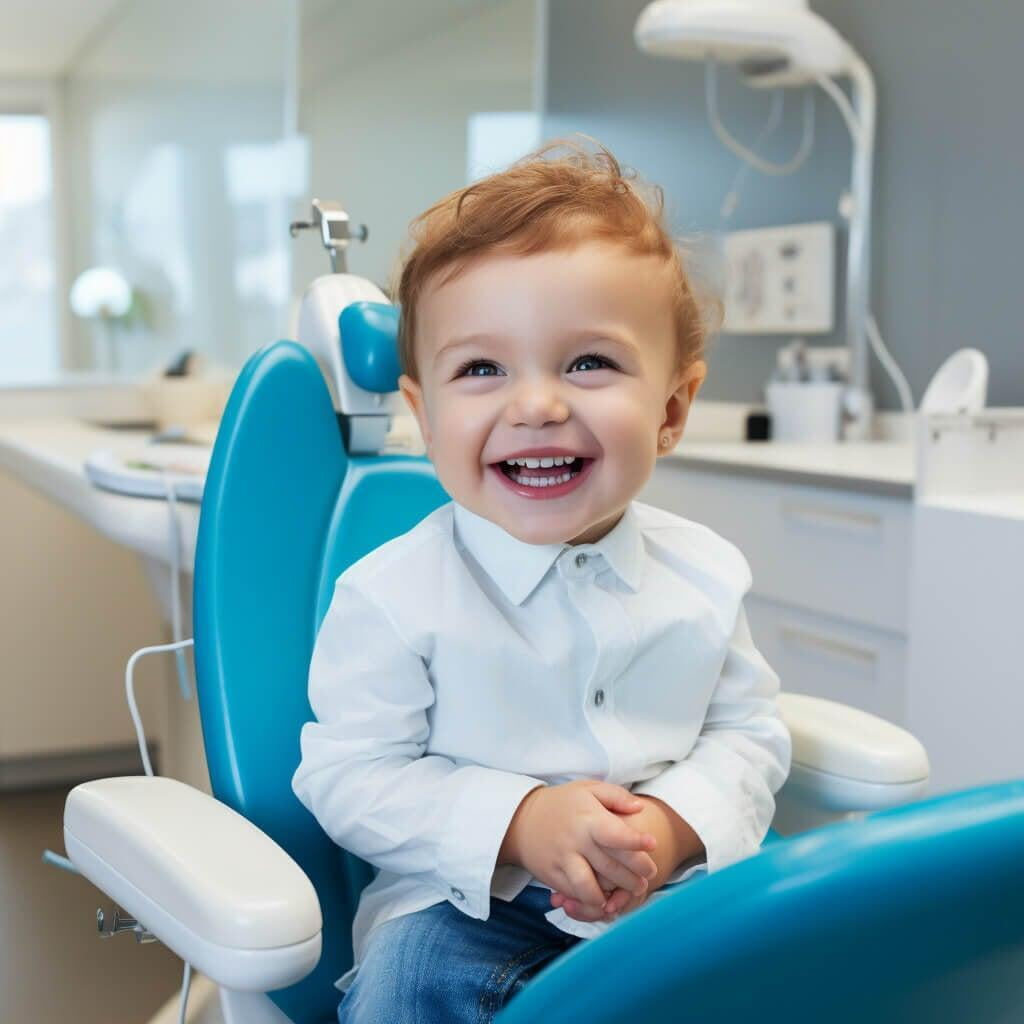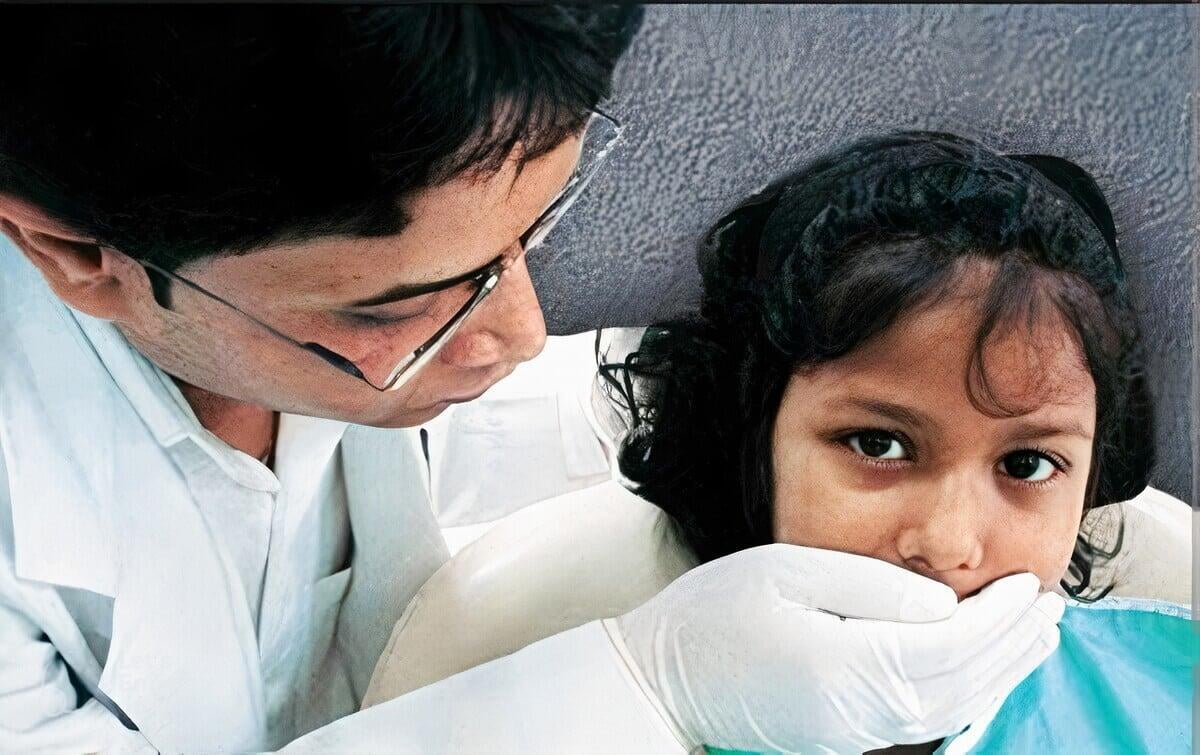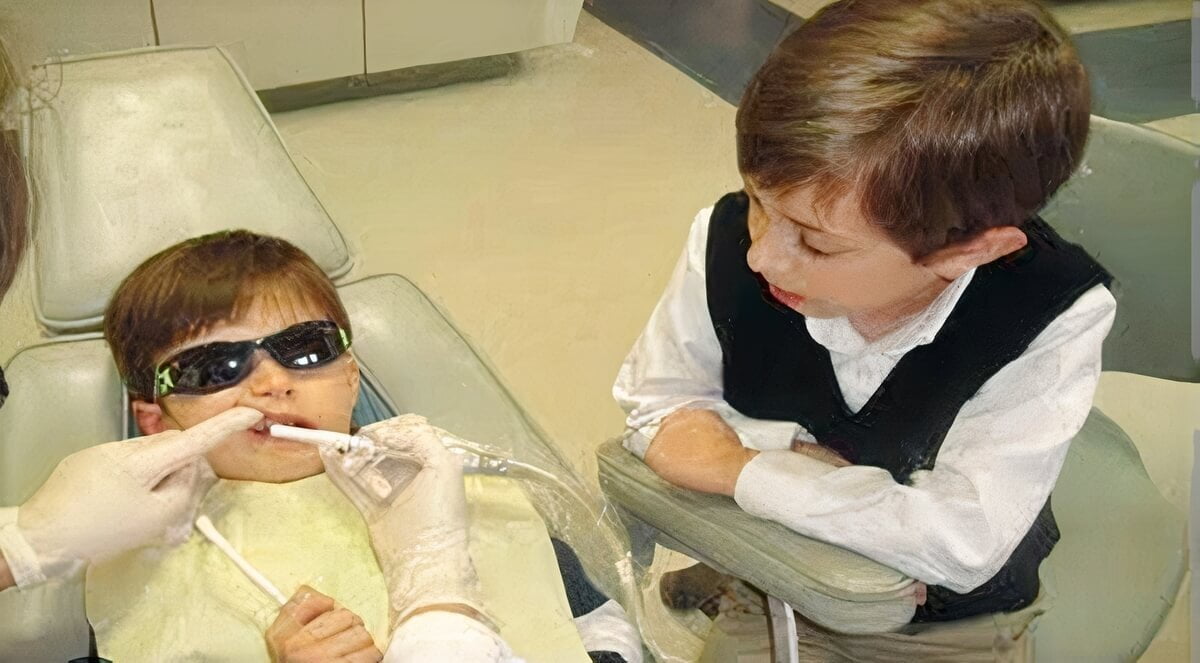The dental clinic: a place where smiles are made brighter and oral health is given the spotlight. For adults, a trip to the dentist usually involves a straightforward routine. For children, however, the experience can range from a new adventure to a terrifying ordeal. Ask any dental practitioner, and they'll tell you that managing children's behavior in the clinic is a unique challenge requiring a blend of science, art, and empathy.
Know Your Audience: Age-Specific Approaches
Know Your Audience: Age-Specific Approaches
Toddlers and Pre-schoolers :
Toddlers and Pre-schoolers :
For children in this age group, everything is a discovery. Use this natural curiosity to your advantage. Let them touch some of the non-threatening tools, like a toothbrush or a dental mirror. Create a story around what you are going to do. For instance, you could say, "We're going to make your teeth shiny like stars!"
School-aged Children :
School-aged Children :
This age group typically responds well to clear explanations and a bit of autonomy. Give them choices when possible, like selecting the flavor of their toothpaste. Empower them with knowledge about why oral hygiene is essential.
Adolescents :
Adolescents :
Ah, the tricky teenage years! They crave independence but still need guidance. Be frank but respectful, explaining procedures and options and involving them in decisions about their oral health.
Tried and True Behavior Management Techniques
Tried and True Behavior Management Techniques
Tell-Show-Do
Tell-Show-Do
This is a classic technique where you first TELL the child what you will do, SHOW them the tools and how they work, and finally DO the procedure. It's a simple yet effective way to demystify the experience.
Positive Reinforcement
Positive Reinforcement
A simple "Great job!" or a high-five can go a long way in making a child feel at ease. Some clinics even have a small treasure chest of toys that children can pick from after a successful visit.
Distraction Techniques :
Distraction Techniques :
Playing a cartoon on a screen, soothing music, or even the dental assistant engaging in light conversation can serve as great distractions during the treatment.
Voice Control :
Voice Control :
The tone, speed, and volume of your voice can have a significant impact. A calm and composed voice can help to alleviate anxiety.
Nitrous Oxide :
Nitrous Oxide :
For extremely anxious children, nitrous oxide, commonly known as "laughing gas," is an option that can make the experience more tolerable. However, this should be a last resort and used only when necessary.
Positive Reinforcement :
Positive Reinforcement :
A simple "Great job!" or a high-five can go a long way in making a child feel at ease. Some clinics even have a small treasure chest of toys that children can pick from after a successful visit.
Distraction Techniques :
Distraction Techniques :
Playing a cartoon on a screen, soothing music, or even the dental assistant engaging in light conversation can serve as great distractions during the treatment.
Voice Control :
Voice Control :
The tone, speed, and volume of your voice can have a significant impact. A calm and composed voice can help to alleviate anxiety.
Nitrous Oxide :
Nitrous Oxide :
For extremely anxious children, nitrous oxide, commonly known as "laughing gas," is an option that can make the experience more tolerable. However, this should be a last resort and used only when necessary.
Parental Involvement: A Blessing or a Curse?
Parental Involvement: A Blessing or a Curse?
While parental involvement is generally a good thing, some parents can inadvertently contribute to their child's anxiety. Always discuss the level of parental involvement before the appointment to make sure it's beneficial for the child.








